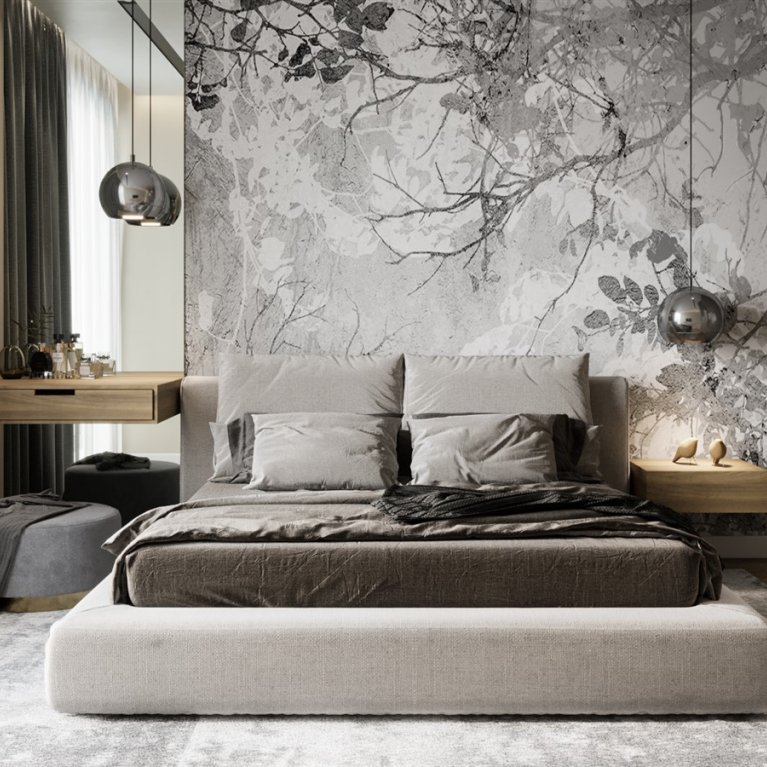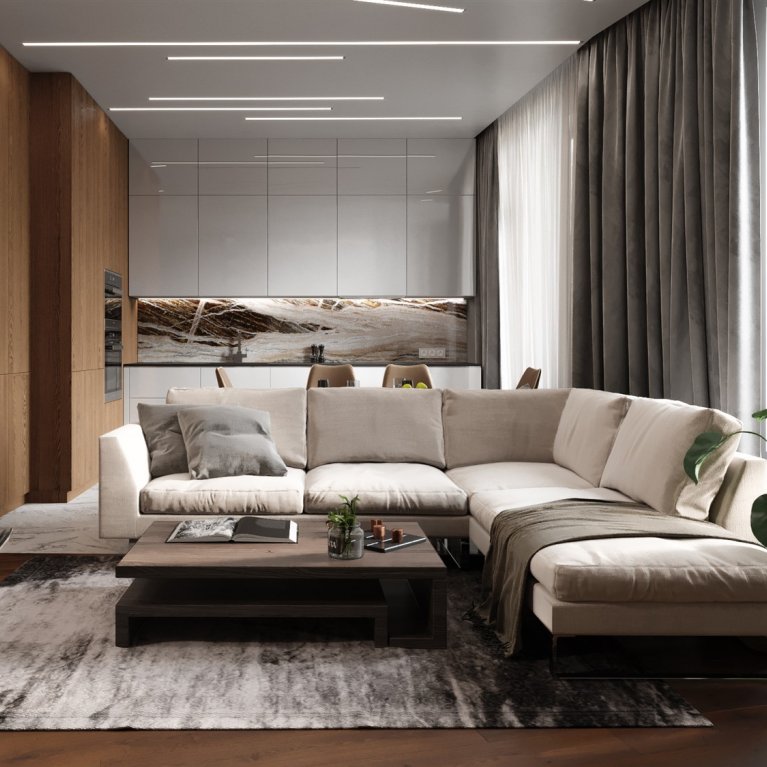Watch this article till the end and you’ll never make your room light bad again.
The topic of today’s discussion will neither concern style, tendencies nor trend issues. In this article we are going to cover one of fundamental elements of domestic design and consider first principles of successful lightning design. I’ll share several recommendations, while using which you will design you lightning like a pro.
Hi guys, you are on the “LESH – domestic design” website. And I’m happy to welcome everybody who engaged in design in the same manner as I. If you are visiting us for the first time, make sure you are subscribed to our channel and have the notifications all the way turned on in order to be the first to see our new upcoming videos that will help you to get the main principles of successful domestic design. If you will have any questions, you’d better let me know about them down below the comments. I’ll try to answer the most interesting of them.
So, let’s start. To design the lightning it is necessarily to be great on characteristics of lightning. Every source of light has the factors or conditions to be appropriate or inappropriate for our rooms. I’m going to tell about three the most important ones for you to remember, prior to spending money in place like this.
The colour temperature
The colour temperature, the notion used to describe the colour beamed from the source of light. Simply defined it is used to name whether the colour is warm or cold. The light is measured in Kelvins, while the unit itself is named after English physicist William Thomson, who was conferred the dignity of Lord Kelvin of Largs in the county of Ayr. In its turn, this dignity was derived from river Kelvin flowing through the territory of the University of Glasgow, where he, by all tokens, was working.
So Lord Kelvin invented the thermodynamic scale to determine the lengths of wave in visual range. Put it shortly, now to make it easier for us to choose the proper bulbs we roughly divide the light into warm, neutral and cold tints. As a rule the information is to be written on the packaging, so it will be of no difficulties for you to make sense of it.
It is much heavier to understand the individual usage of colour of light. The thing is that we response to the colour temperature in many ways. One source of light is going to affect us differently regarding the room in which it is used.
Thus, warm light creates cosy, calm, hospitable atmosphere. Also it helps to relax and feel comfortable and safe. In its spectrum it is close to fire that reflects in our genetic memory, as the fire would be the protection from carnivores for early man. It had given him the food and warmed the habitations. That is the reason according to which this light is perfect for decoration of bedrooms, drawing- or dining rooms, anyway, for any room where it is needed to create relaxing and intimate space.
Neutral, mild and white is taken for very pleasant and clean colour. It is perfectly suited for such rooms as kitchen, bathroom or any other working space. This type of light is also called “daily light”. If you are planning the lightning around the piece of furniture, where you do your makeup, you’d better to choose the white light. Thus, you will have an idea of your makeup by daily light.
The cold light is often used in non-residential properties like offices, hospitals or shopping malls to create general lighting.
The scattering angle
It is important to choose the correct scattering angle, depending on how the source of light will be used. The scattering angles are measured in degrees and the less the degree, the more focused the beam will be.
Lamps and luminaires with an angle of up to 60 angle degrees form a concentrated beam directed at a specific object or a local area of the room. Such luminaires are suitable for the working area in the kitchen or will allow you to light the shelves with clothes in the dressing room or highlight any object in the interior, for example, a painting or a decor item.
On the contrary, a wide scattering angle will suit a large area and will give a more general and softer light. Lamps with an angle of 90-360 degrees will form a diffused reflection for uniform illumination.
The sources of light are universal while having the characteristics from 60 to 90 angle degrees. In wall lamps and floor lamps, they will create soft diffused illumination. They are also used in general purpose luminaires placed in groups on the ceiling.
Lumens
Simply put, the brightness of the light. The higher the lumen value, the brighter the light will be. These values are needed in order to calculate the average illumination standards for different rooms. For example, the kitchen and living rooms use approximately 150 lumens, WC-and-bathroom units, corridors and utility rooms can use 50 lumens. And the list goes on.
Now, before choosing a luminaire, you will know what parameters and depending on what tasks you need to choose lighting. But this is still not enough to design lighting as a specialist. But this knowledge is not enough to design lighting as a professional.
You have never paid attention to the fact that when you walk around IKEA, you look at all these small stands, and you just start thinking that you just have to buy this rack or this wonderful armchair, or this rug and you can make it in your little room, in the dark hallway is as cozy as it is here, and in the bedroom it will be great to fall asleep and wake up happily. But for some reason it doesn't work that way, it turns out so-so.
What's the secret? The secret is that store designers use lighting skillfully in order to achieve the desired result. We do not pay attention to the light, we perceive the concept as a whole.
Professional designers use lighting design concepts such as layering or multi-level lighting. Good lighting design comes out when you mix all these levels.
Overhead light
Overhead light, general or ambient lighting. It is designed to create uniform illumination of the whole room, it includes chandeliers, spots or track lightning. This light, as a rule, sets us the general tone of the whole room.
The first medium
The first medium, as a rule, is light reflected from any surfaces, walls, decors or textured surfaces, such light emphasizes the texture of materials, creates depth and character, it can be wall lamps, chandeliers, picture illumination.
The upper and first middle levels can also be used as accent lighting, to highlight any details and create focus on them, for example, it can be paintings or interior details.
Second middle
Second middle. These are floor lamps and table lamps, bedside lighting, as a rule, this lighting is working or functional, in addition to its utilitarian function – to illuminate a book or grandmother's knitting, such lighting gives additional comfort and creates a unique atmosphere.
Lighting of the working place is a very important element of general lighting, due to the fact your daily comfort will depend on it while you will be reading, writing, or just cooking, or some other of your hobby.
Lower level
Lower level. These are: staircase lighting, floor lamps, such light is used as additional or decorative lighting.
Well-designed lighting makes your apartment functional, you can use your rooms for different tasks: receive guests and spend time doing your favorite pastime, do homework with children and relax.
But remember that good design is not only a function in its purest form, it is also beauty and aesthetics, so choose luminaires that complement and emphasize the style and individuality of your interior.
Light owes amazing power and magic, it can turn even the simplest interior into mysterious and deep one. It can change space and influence people. Now you also have this magic.





